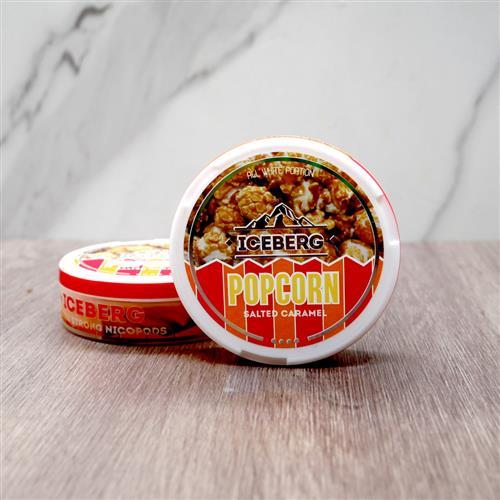Iceberg
Iceberg: The History and Culture of Cigar Smoking
Cigars have been a popular pastime for centuries, with a rich history and culture of their own. Throughout the years, the demand for cigars has grown, making them a status symbol and part of the luxurious lifestyle of the rich and famous. Here are some interesting facts and figures about cigar consumption.
Cigar Smoking Culture:
Cigars have enjoyed a rich cultural history, from their roots in the Caribbean countries of Cuba and the Dominican Republic to their widespread popularity today. Cigar smoking is often associated with high society, romance, and relaxation. People often smoke cigars to celebrate special occasions or to mark significant life events.
The Creation:
The origins of the cigar can be traced back to ancient times when the Mayans and Aztecs in Central America would roll tobacco leaves into a cylindrical shape and smoke it. However, it was not until the early 16th century that the first cigar factory was established in Spain, leading to the modern cigar industry.
The ‘Discovery’:
Christopher Columbus is credited with introducing tobacco to Europe after discovering it in the Americas. Following his return, smoking tobacco in the form of cigars quickly became popular in Europe.
The Cuban Legend:
The cigar’s association with Cuba began in the 19th century when Cuba became a world leader in tobacco production and processing. During this time, Cuba’s cigars became synonymous with quality and luxury, making them the most sought-after cigars worldwide.
Coming to America:
The popularity of cigars grew in America when, in the mid-19th century, Cuban immigrants brought their cigar-making skills to the United States and established factories in New York City and Tampa, Florida. Americans quickly embraced the new trend, making cigars a staple of American culture for decades.
The Cuban Revolution:
In 1959, the Cuban Revolution resulted in the nationalization of all privately owned cigar factories by the new socialist government. Cuban cigars, which were already famous for their quality, became a symbol of defiance and exclusivity because of limited production, making them very expensive and highly sought-after.
The Boom:
Cigar smoking enjoyed a resurgence in the 1990s, with what was known as the “Cigar Boom.” This was due to a renewed interest in the luxurious lifestyle that cigars represented, along with the connoisseurship that came with cigar-smoking. This period saw a marked increase in cigar production and sales.
An Opening:
In recent years, there has been a relaxation of United States trade and travel restrictions on Cuba. This has led to the possibility of increased trade with Cuba, including cigars, which have been banned from importation to the United States since the 1960s. Many cigar enthusiasts eagerly anticipate the day when Cuban cigars will be available once again in the United States.
Cigar history museums are a great way to explore cigars’ fascinating history and culture. These museums offer a wide range of cigar exhibitions and artifacts that showcase the evolution of the cigar. From the Mayans and Aztecs of ancient times to the luxurious celebrity cigar-smoking culture of today, cigars have a rich history and culture all their own.
In conclusion, cigars have a rich and storied cultural history. From modest beginnings to worldwide popularity, cigars have maintained their place as a symbol of luxury and exclusivity. We will continue to celebrate cigars as we explore new horizons in this fascinating industry.
